News
Trashed tsunami warnings endanger lives
Signboards telling people what to do if another tsunami washes over Sri Lanka have been trashed and defaced with reckless disregard for saving lives even as fears of new tsunamis were felt this month around Asia.
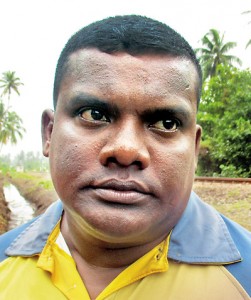
Ruwan Preethi Kumara
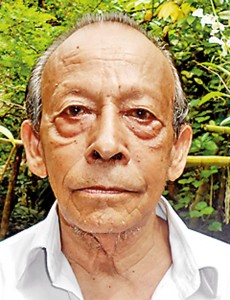
Ariyarathna Maduwage
Sri Lanka marked the 14th anniversary of the December 26 tsunami, with religious ceremonies and almsgivings to remember the 36,000 people who were killed – but the critical importance of saving lives in the event of a future tsunami appears to have faded for many.
Following the 2004 tsunami, authorities took steps to put up early warning systems, demarcate safety routes in the event of disasters and create public awareness of survival methods.
Along the beaches in Ratmalana and Moratuwa, however, signboards containing safety guidelines and precautions in three languages have been destroyed by drug addicts or covered with posters advertising tuition classes and various events.
Drug addicts have stolen the metal boards and poles of the signboards and sold them for scrap metal.
Local residents said the boards held specific advice to head inland, with maps directing people to safe areas by the shortest routes in case of tsunamis. Now, people cannot follow that advice in an emergency because the signs, erected in 2007 by the Red Cross and the Disaster Management Centre (DMC), have not been maintained.
Safety signs erected in coastal areas of Colombo, Jaffna and Batticaloa are in a similar state.
DMC Colombo District Director, Wing Commander D Jayaweera said the signboards cost Rs15,000 each when they were erected 11 years ago and admitted that there were shortcomings in maintaining the boards.
He said he was aware of the signs being damaged and stolen by drug addicts, but was unaware of the boards being covered with posters, and said he would look into the matter.
Regrettably, other signs of neglect regarding the 2004 tsunami can be seen. The proposed tsunami museum at Thelwatte, Paraliya, where one of the worst tragedies occurred as giant waves tossed and flooded a train, has still not been started, 14 years after the disaster.
The Ministry of Cultural Affairs erected the building complex at Thelwatte, Paraliya in 2011 at a cost of Rs400 million but so far has only set up a cultural centre at Hikkaduwa.
Retired government employee Ariyaratna Maduwage, who donated land for the building complex – which stands on a 530-perch block designated for houses for tsunami victims – revealed the laying of the building’s foundation had been carried out twice.
“The first laying of the foundation was done on December 24, 2005 but little happened. Then in 2011 the foundation stones were laid for the second time, by the cultural minister at that time, T B Ekanayake,” Mr Maduwage, a resident of the area, said.
When the foundation stones were laid in 2005, it was understood that the building would be completed in two years, he added.
“When the foundation was laid for the second time, the 145-foot-long rail line which was twisted by the tsunami was also destroyed,” he said. The piece of warped rail track would be an important museum piece as it is a reminder of the terrible events of that day.
Mr Maduwage said he had a collection of clothes of tsunami victims.
The tragedy at Thelwatte, Paraliya occurred when a Matara-bound train travelling along the coast was struck by tsunami waves and 1,270 passengers travelling on the train were killed along with 249 villagers living nearby; 141 people are missing.
Ratgama Pradeshiya Sabha Member Ruwan Preethi Kumara said the tsunami waves destroyed 395 houses as well.
Mr Kumara urged the government to create an exhibition using three of the eight compartments of the wrecked train.
He also urged the government to begin setting up a memorial exhibition and library at the site.
Mr Kumara said part of the rail track damaged by the tsunami had resurfaced when a trench had been dug near the site recently to prevent flooding of nearby houses.
He said he would take care to conserve the 150m-length of rail track with the help of the provincial council.
Dread of tsunamis rose again this weekend when warnings were broadcast following a 6.9 magnitude earthquake near the Philippines, Indonesia and Palau. The tsunami warnings were later withdrawn. On December 22, a tsunami hit Java following an eruption of the Anak Krakatoa (Child of Krakatoa) volcano, killing 426 people with others still reported missing.
In a warning that Sri Lanka could heed, an ABC news report stated: “Indonesia hasn’t had a functional warning system since 2012 as vandalism, technical faults and funding shortfalls have stymied disaster preparedness.”
Moratuwa: Defaced warning signs
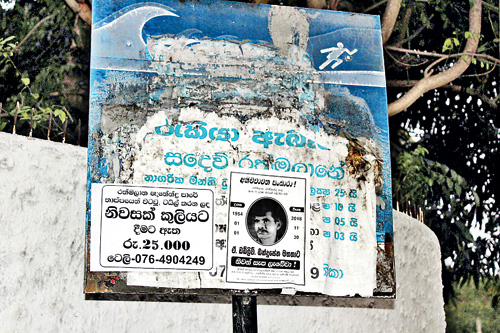
Signs highlighting evacuation routes have been defaced by political posters and various notices Pix by Rekha Tharangani Fonseka

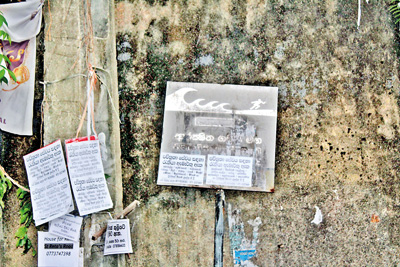
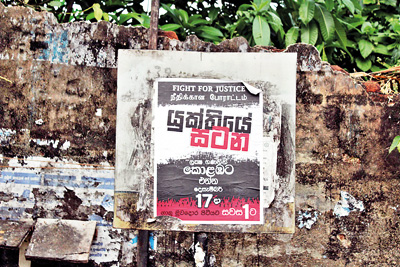
The museum that was not completed
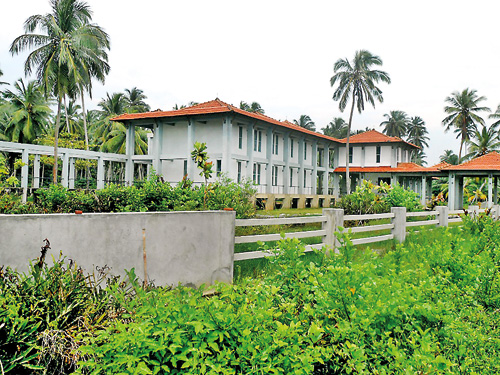
The Ministry of Cultural Affairs erected the building complex at Thelwatte, Paraliya in 2011 at a cost of Rs400 million Pix by Gamini Mahadura
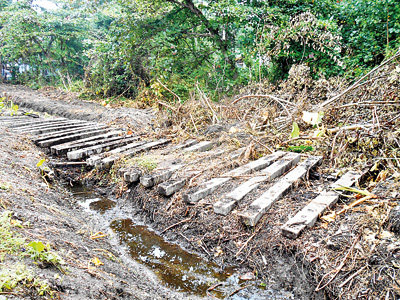
Part of the rail track damaged by the tsunami

